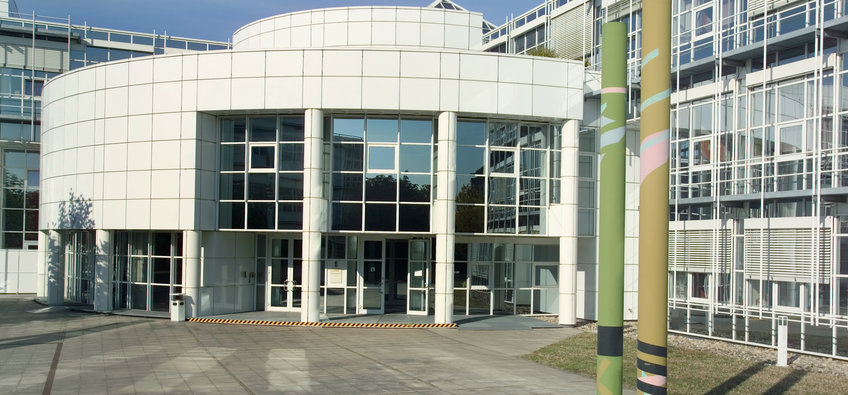
Max Planck Institute for Polymer Research
Whether microchips and sensors in clothing or solar cells on a tent roof – polymer electronics makes such technical applications possible. Scientists at the Max Planck Institute for Polymer Research in Mainz are searching for suitable conducting polymers for these applications. This is, however, not all they do: they investigate polymers in all their different facets – their production, their physical properties and their applications. This is because polymers are becoming increasingly important as materials – not only for flexible, low cost electronics, but also, for example, as minute capsules that can contain drugs that can then be transported specifically to the area affected by the disease. Moreover, the researchers in Mainz are developing new procedures to spectrographically investigate polymers and to simulate their behaviour on the computer. They also work with soft matter, which, like wine gums, combines the properties of solid bodies and liquids.
Contact
Ackermannweg 1055128 Mainz
Phone: +49 6131 379-0
Fax: +49 6131 379-100
PhD opportunities
This institute has no International Max Planck Research School (IMPRS).
There is always the possibility to do a PhD. Please contact the directors or research group leaders at the Institute.












